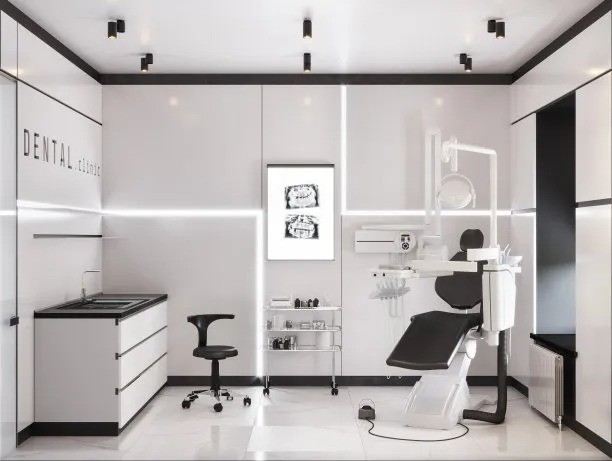The Importance of Proper Techniques When Extracting a Tooth for Optimal Dental Health and Healing
Summary: Proper tooth extraction techniques are crucial for ensuring optimal dental health and facilitating effective healing. This article explores the importance of these techniques by examining four key aspects: the risk of complications, promoting faster healing, preserving adjacent teeth, and enhancing patient comfort. Each aspect highlights the vital role that skilled dental practitioners play in tooth extraction procedures. By focusing on these factors, dental professionals can significantly influence the overall success of the extraction process and improve patient outcomes, leading to healthier smiles for all.
1. The Risk of Complications Reduction

The extraction of a tooth, while often necessary, can pose various risks if not performed correctly. Proper techniques help minimize complications such as infections, excessive bleeding, and injury to surrounding structures. Understanding the anatomy of the mouth is paramount; a skilled dental professional will carefully assess the condition of the tooth and the surrounding tissue before proceeding.
In cases of impacted teeth or unusual root formations, advanced techniques may be necessary to avoid damaging adjacent teeth or nerves. Utilizing the right instruments, understanding leverage, and employing a step-by-step approach can drastically reduce the likelihood of mishaps during the procedure. This adherence to established protocols ensures a safer environment in which complications are meticulously avoided.
Moreover, meticulous follow-up care initiated by a dentist who understands these risks can be essential in ensuring that the patient does not experience any unnecessary complications following the extraction.
2. Promoting Faster Healing Processes
After a tooth is extracted, proper techniques not only ensure immediate safety but also play a vital role in the healing process. Techniques that minimize trauma to the surrounding bone and gum tissue can significantly enhance healing time. Careful extraction allows for the preservation of bone integrity, which is critical in preventing complications such as dry socket, a painful condition that can arise if a blood clot fails to form properly.
Additionally, the use of appropriate suturing methods can help support the tissue as it heals, further promoting a swift recovery. Dentists may opt for dissolvable stitches or advanced bonding materials to close the extraction site, thus reducing the risk of infection while enhancing comfort for the patient.
Furthermore, educating patients on post-extraction care can greatly influence their healing journey. Simple guidelines on oral hygiene, dietary adjustments, and medication management equip patients to take an active role in their recovery.
3. Preserving Adjacent Teeth and Structures
Another crucial aspect of proper tooth extraction techniques is the preservation of adjacent teeth and structures. Poor extraction techniques can lead to damage not only to neighboring teeth but also to the bones and gums that support them. A skilled dentist will assess the positioning of surrounding teeth before extraction and make necessary adjustments to safeguard these structures.
Preservation is vital because losing adjacent teeth can result in a variety of dental issues, ranging from misalignment to occlusal problems. Careful planning and execution ensure that the extraction does not disrupt the balance of the dental arch, which can help maintain overall oral health.
Furthermore, preserving bone structure is equally important in maintaining the aesthetics of a patient’s smile. Proper techniques allow for the potential placement of dental implants or bridges in the future, ensuring that the smile remains attractive even after tooth loss.
4. Enhancing Patient Comfort and Trust
The importance of patient comfort during and after the extraction process cannot be overlooked. Proper techniques reduce pain and discomfort, allowing for a more pleasant experience. Dentists who prioritize comfort often utilize effective anesthesia, sedation methods, and gentle techniques that can alleviate fear and anxiety in patients.
Additionally, clear communication about what to expect during the extraction process can greatly enhance a patient’s experience. When patients feel informed and nurtured, their trust in dental professionals increases significantly, fostering a long-term relationship that is beneficial for overall dental health.
Moreover, ensuring comfort extends beyond the procedure itself. Aftercare instructions play a significant role in reassuring patients that they are supported throughout their recovery. Providing the right resources and care recommendations helps patients feel valued and cared for, resulting in positive perceptions of the dental experience.
Summary:
In conclusion, the meticulous application of proper techniques during tooth extraction is paramount to securing patient safety, enhancing healing, preserving adjacent structures, and maintaining patient comfort. Dental professionals must prioritize these elements to ensure successful outcomes and promote long-term dental health.
This article is compiled by Vickong Dental and the content is for reference only.



